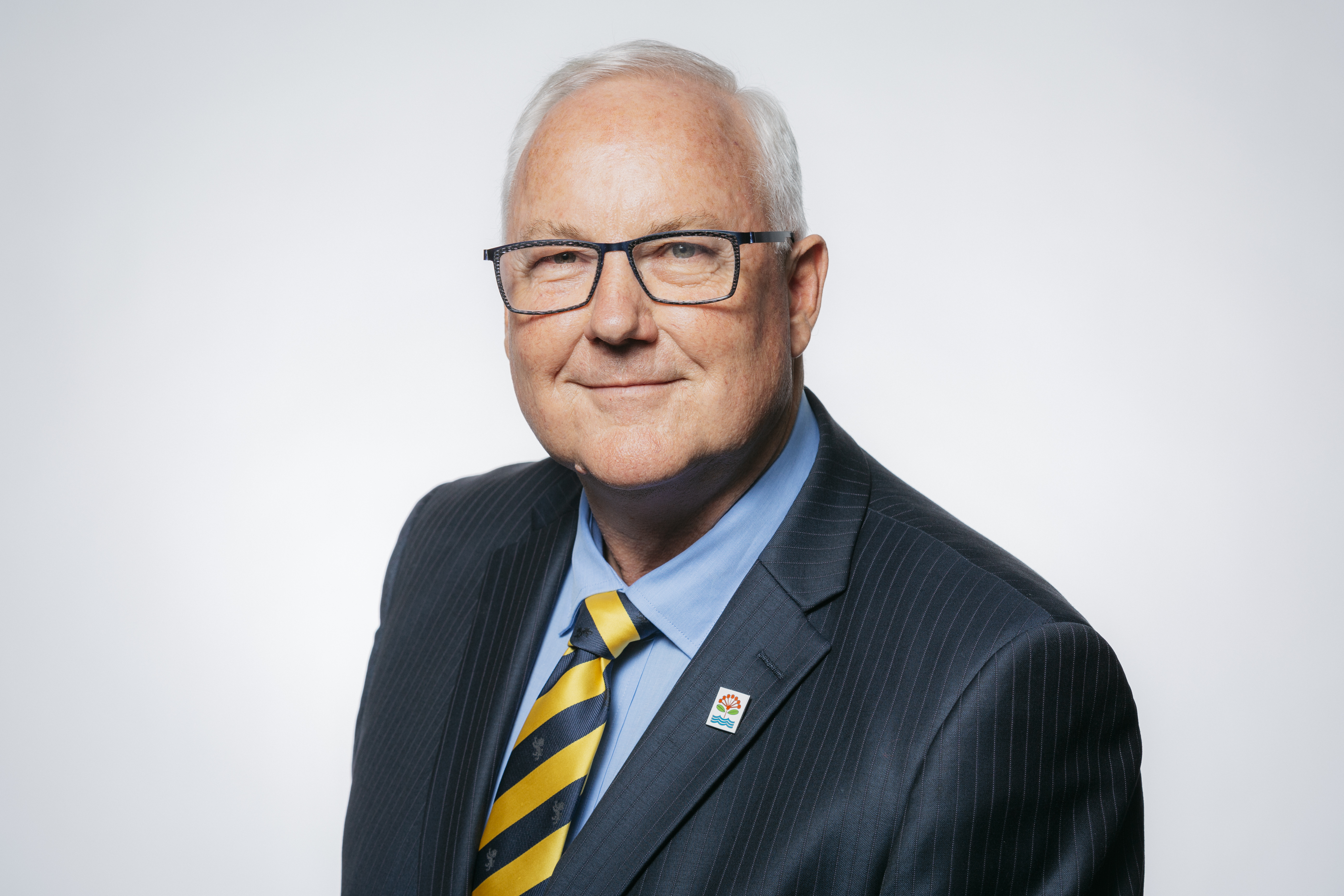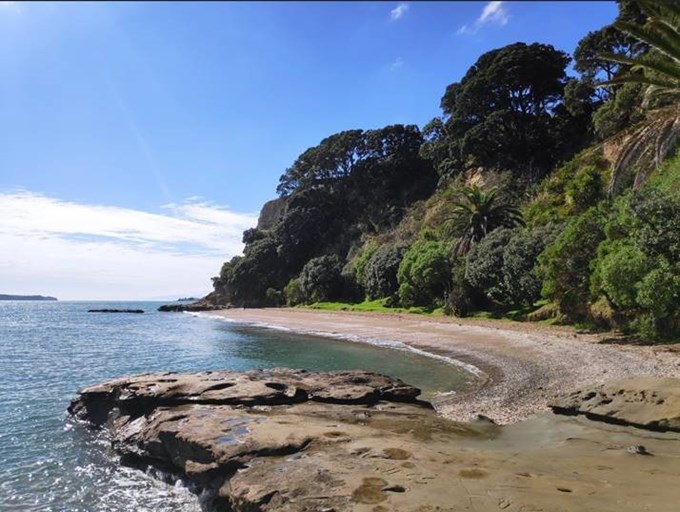Auckland Council's 10-year Budget (2021-2031), now approved by the Governing Body, is set to meet the priorities of residents across the Ōrākei Ward, investing money in the environment and transport and setting out capital investment that is focussed on keeping the city running and continuing to build for the future.
With a budgeted $31.8 billion capital expenditure programme, spending is at its highest level ever despite the difficult financial circumstances the organisation is facing in the short term.
Ward Councillor Desley Simpson is really proud that significant investment has been secured for the Ōrākei Ward for transport, environmental, parks and flooding mitigation based projects.
“We have brought forward projects to start much earlier than originally planned. Thanks to the Water Quality Targeted Rate, instead of waiting another 6 years for investment into improved water quality for our beaches from Parnell to Glendowie, work will start immediately. In the first instance, the project will be focused on Hobson Bay," she says.
Another long-awaited project, extra north-south links to the Glen Innes to Tamaki Drive Shared Path, will improve usage of the shared path tenfold, and assist off-road connections for a number of schools.
“These links will reduce congestion, and connect multiple communities across the Pourewa Valley. I’m thrilled that funding has been secured for this project, with works starting this financial year.”
Local investment
Asset improvements budgeted for in the Ōrākei Local Board area include:
- Colin Maiden Park – develop site stage 2 – development of open space and sports infrastructure to meet the demands in the area. The works include installing lighting on five fields, upgrading three fields and developing two sand carpet fields. Estimated completion June 2023
- Renewal of pathways at Churchill Park, stage two as per the development plan. This is a multi-year project and the estimated project completion is June 2022
- Michael Ave Reserve – renewal and relocation of the play space and carpark renewal. Physical works are timed to align with the scheduled delivery of the new Football Club changing rooms/toilet.
Ōrākei Local Board chair Scott Milne says that it is reassuring to see largescale local projects included in the budget.
“In these tough times, we have had to advocate passionately, vigorously and regularly. We have done well to get continuance for many of our key projects and the addition of some new ones."
"Councillor and Local Board teamwork has made the difference in holding ground and setting the stage to really progress when funding budgets return.
“It isn’t just large projects like Colin Maiden Park, which will take many years to complete, that we are pleased to be able to progress, but it is also the smaller scale spending like renewals of playgrounds and library upgrades is important. We believe that the 10-year Budget provides the reassurance needed for our communities.”
As part of the 10-year Budget, each of the local boards also consulted on its Local Board Agreements for 2021/2022 year which outline its priorities, activities, and budgets for the 2021/2022 year.
Find out more about what’s in the 10-year Budget at ourauckland.nz

Scott Milne, Local Board Chair
The 10-year Budget at a glance
Overall Investment Package
In order to maintain a high level of investment in the face of the impacts of COVID-19 on council revenues, the organisation has revenues we have had to utilise four key funding levers:
- Average general rates will increase by 5 per cent in year one of the 10-year Budget. Without this increase, $900 million of capital expenditure would have had to be deferred from the first three years of the budget. The average general rates increase will return to 3.5 per cent for subsequent years.
- Council debt will increase in the short term but gradually reduce to below the 270 per cent debt to revenue ratio which we consider to be a more prudent level.
- We will recycle around $400 million of surplus assets to reinvest in more critical infrastructure.
- As well as increasing our revenue and debt, a target of $90 million per annum of cost savings have been included in this budget.
Climate
The plan provides $152 million for a specific package of actions to reduce carbon emissions including:
- planting 200 hectares of native forest in our regional parks
- all new buses will be electric, or hydrogen-powered from 2021
- planting 11,000 more street trees
- progressing towards making Queen Street valley a zero-carbon zone
- increasing our zero-waste resource recovery network.
Community
There is an additional $900 million to be invested in community facilities, with a significant proportion of this being for renewal of the council’s existing assets. The council will also look to deliver services differently through partnerships and digital channels and multi-use facilities.
Housing and Growth
Through the plan the council has identified a few key locations to focus limited resources. These are all joint priority areas agreed with the government and include:
- Auckland Housing Programme (Mt Roskill, Oranga, Mangere, and Northcote) & Tamaki
- North West (including Red Hills, Whenuapai and Westgate)
- Drury (a new community providing housing and employment opportunities)
- CRL Stations (Mt Eden and Karangahape)
Transport
The challenges:
- Growth – transport infrastructure is a key enabler of growth and there is major pressure for investment in both greenfield and brownfield development areas
- Congestion - The benefits of decongesting Auckland’s transport network have been estimated to be between $900 million and $1.3 billion per year (approximately 1 to 1.5 per cent of Auckland’s GDP)
- Safety - Auckland has a serious problem with road deaths and injuries. In 2020 alone, 37 people died and 489 people were seriously injured on our roads.
- Climate change – Transport-related emissions account for about 44 per cent of Auckland’s total emissions.
Our plan:
- Focus areas for growth - we are focusing our support for growth into a few key areas and new transport infrastructure will align with this.
- Improving network capacity and performance – we are working to look after and improve the existing network including projects such as traffic light optimisation, improvements to significant traffic corridors and freight network improvements
- Improving public transport – significant investment is planned for the 10 years across the bus, rail and ferry networks
- Investing in safety – reducing transport-related harm is a key focus for the 10 years with a number of projects targeted at safety improvements.
- Increasing active transport – our transport investment will include ongoing expansion of the walking and cycling network.
- Reducing emissions – all new buses purchased from 2021 will be electric or hydrogen-powered with 50 per cent of the bus fleet being electric or hydrogen-powered by 2030.
Water Quality and Natural Environment
The targeted rates established in 2018 to invest in improving water quality and protecting the environment will now expire in 2031 instead of 2028.
The extension will allow programmes and projects already making a difference to continue. The water quality targeted rate has been increased to enable major construction projects to commence six years earlier. The additional funding provided by these targeted rates will:
Water quality targeted rate (additional $256 million):
- Deliver improved water quality in:
- Manukau Harbour
- Tamaki Estuary
- Beaches between Parnell and Glendowie.
- Fund additional litter trap projects across the entire region to:
- Remove contaminants
- Improve water quality.
Natural environment targeted rate (additional $107 million):
- Maintaining momentum with existing programmes to protect native species
- Further funding to address kauri dieback
- Additional programmes addressing predator and weed control


